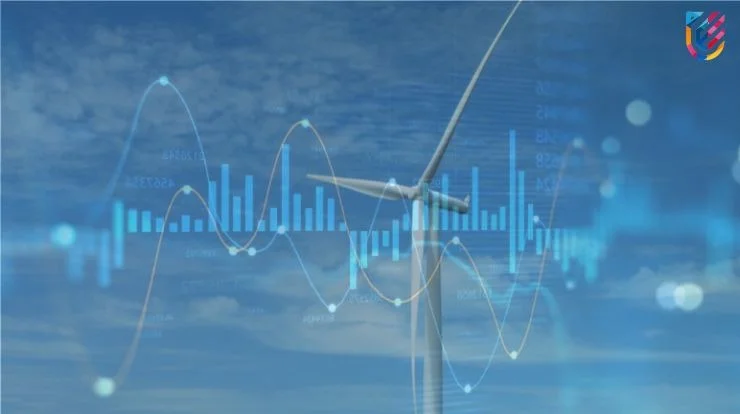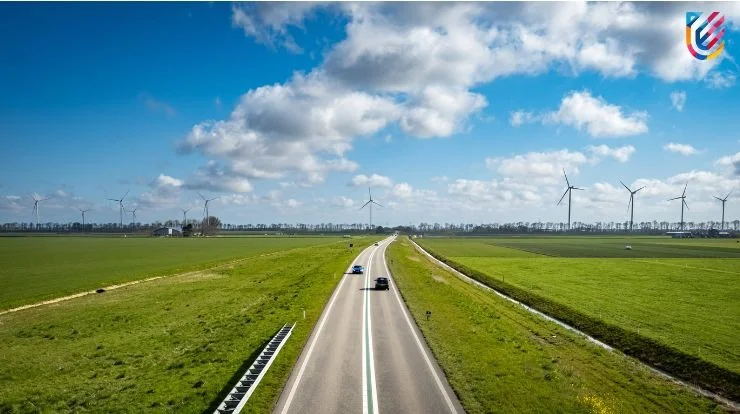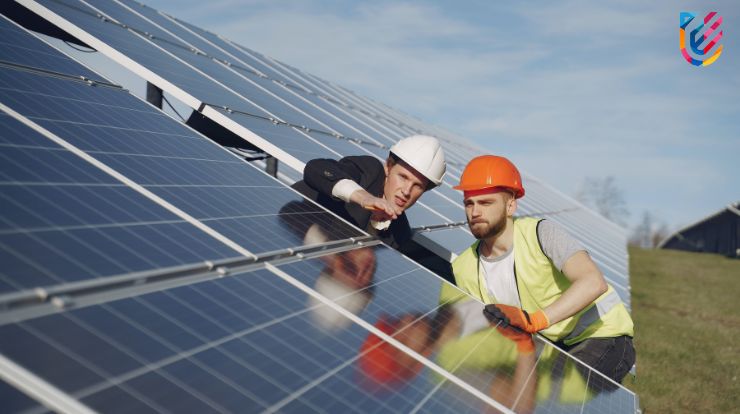Beyond Fossil Fuels: Clean Energy Sources You Need to Know
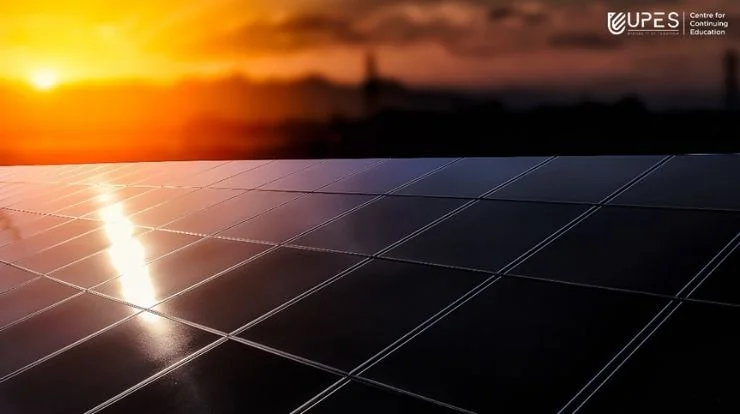
Are you looking for a way to power your home or business without relying on fossil fuels? Renewable energy sources such as solar, wind, and water can help you achieve just that. Harnessing the power of these renewable energy sources can transform the way we produce and consume energy. These renewable energy sources are not only good for the environment, but it also creates jobs, enhance energy security, and improve public health.
The world is shifting towards renewable energy sources as we realise the consequences of using non-renewable sources like coal, oil, and gas. The effects of climate change, rising pollution levels, and energy insecurity are just a few reasons why we need to shift towards cleaner and sustainable sources of energy. Luckily, the world is abundant in sources of renewable energy that can be harnessed to power our homes, businesses, and industries. Let’s take a closer look at some of the most important renewable energy sources.
Solar Energy:
Solar energy is one of the most abundant renewable energy sources available to us. It is the process of converting sunlight into electricity using photovoltaic cells. The use of solar energy is rapidly increasing, with over 1.5 million solar installations in the United States alone. Recently, there has been a major advancement in technology, increasing both its effectiveness and efficiency. Installing solar panels on homes, buildings, and in large-scale solar farms is an effective way to harness the power of the sun and provide clean energy to meet our growing energy needs.
Wind Energy:
Wind energy is another promising renewable energy source that is rapidly growing in popularity. It involves harnessing the power of wind to generate electricity using wind turbines. Wind energy is abundant and clean, making it an attractive alternative to fossil fuels. The installation of wind turbines in offshore and onshore wind farms is becoming increasingly common worldwide. The world’s largest offshore wind farm is located off the coast of the United Kingdom and can generate enough energy to power over 1 million homes.
Water Energy:
Hydroelectric power is the process of harnessing the power of moving water to generate electricity. It is one of the oldest and most reliable renewable energy sources, accounting for around 16% of the world’s electricity production. Hydroelectric power plants are commonly located near rivers, dams, or reservoirs, where water can be channeled through turbines to generate electricity. Small-scale hydroelectric power can be generated using micro-hydro systems, which are ideal for rural areas and off-grid communities.
Benefits of Renewable Energy Sources:
The benefits of harnessing the power of renewable energy sources are numerous. First and foremost, renewable energy is clean and produces little to no greenhouse gas emissions, which makes it a key part of efforts to reduce our carbon footprint and combat climate change. In addition, renewable energy is abundant and widely available, which means that it can help to reduce our reliance on finite resources like fossil fuels.
Also, using renewable energy can support local economies by generating jobs. The installation, maintenance, and operation of renewable energy systems requires skilled workers, and the growth of the renewable energy industry can create new job opportunities in a variety of different fields.
Challenges of Renewable Energy Sources:
Despite these benefits, there are still some challenges associated with harnessing the power of renewable energy sources. One of the biggest challenges is the intermittent nature of some renewable energy sources, such as wind and solar energy. These sources of energy are only available when the wind is blowing or the sun is shining, which means that they can be less reliable than traditional sources of energy like coal or natural gas.
However, advances in technology are helping to overcome these challenges. For example, energy storage systems like batteries can be used to store excess energy generated by renewable sources during times of high production, which can then be used to meet demand during times of low production. In addition, improvements in grid infrastructure and the development of smart grid technologies are helping to integrate renewable energy sources into the grid more effectively.
If you are interested in learning more about renewable energy management and how it can be harnessed to create a more sustainable future, consider enrolling in a program like the PGP in Renewable Energy offered by UPES Online. This program provides a comprehensive overview of renewable energy technologies, policies, and economics, and can help you to develop the skills and knowledge needed to succeed in this rapidly growing field. In conclusion, harnessing the power of renewable energy sources is essential if we are to create a more sustainable future.
UPES Online Admission Enquiry
Recommended Courses
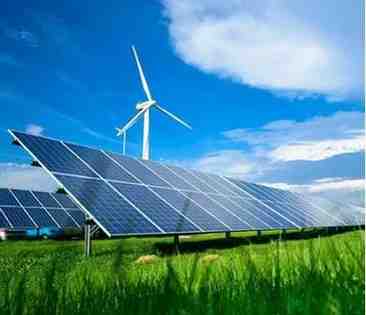

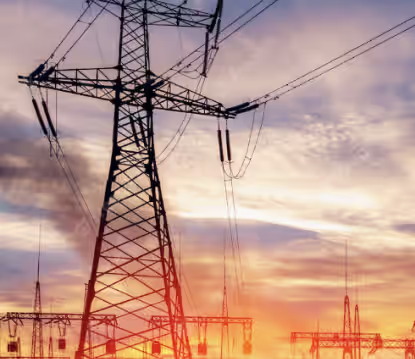
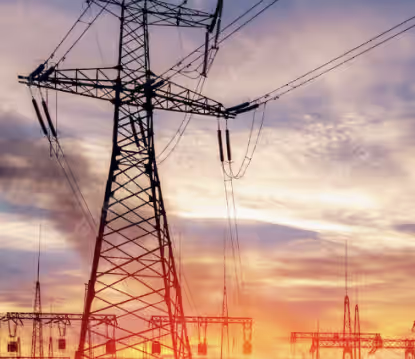
Latest Blogs
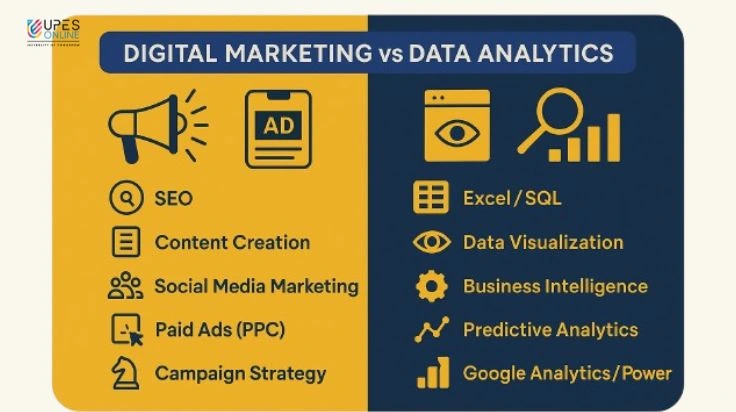
Digital Marketing vs Data Analytics: Which Career Should You Choose?
Battle of skills: Digital Marketing vs Data Analytics—compare 2025 salaries, skills & job roles. Expert tips to choose your future career path!
Read MoreJun 15, 2025 I 12 mins
Why Should I Choose UPES Online? 10 Reasons Why
Explore why UPES Online stands out in online education. Learn about flexible learning, UGC-approved degrees, expert faculty & credible online programs. Enroll now!
Read MoreAug 21, 2025 I 5 min
Can Distance Learning Fully Replace Traditional MBA Education? Challenges & Limitations
Find out if distance learning can truly replace a traditional MBA. Learn key challenges, limitations, expert opinion & insights.
Read MoreSep 2, 2025 I 4 mins
Online MBA Capstone Projects and the Importance They Hold
Know the importance of online MBA capstone projects. Learn how they build real-world skills, boost career opportunities, & add industry value.
Read MoreSep 7, 2025 I 5 mins
UPES Online MBA vs Other Top Universities: Why Students Prefer UPES
Compare UPES Online MBA with other top universities. Know why students prefer UPES online over others. Check fee, flexibility, faculty, ROI, & career scope.
Read MoreOct 1, 2025 I 7 mins



